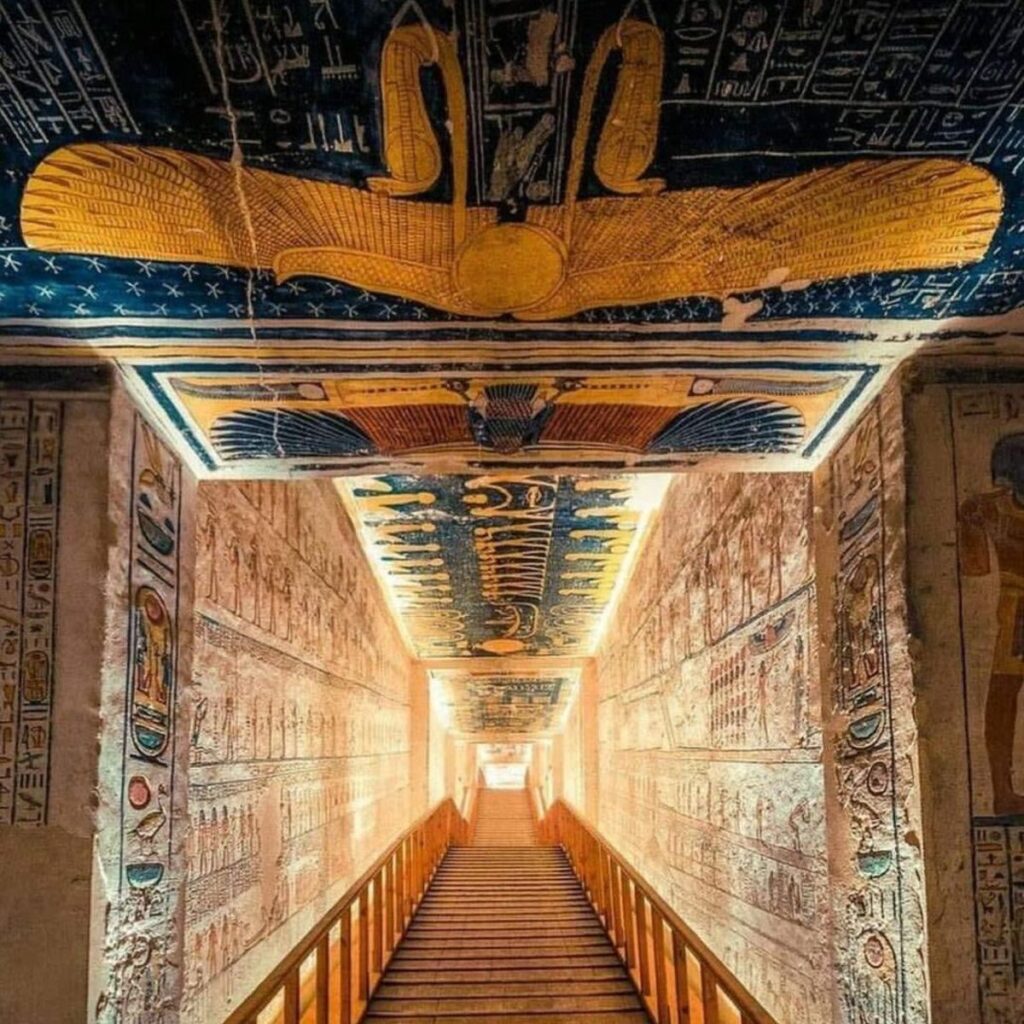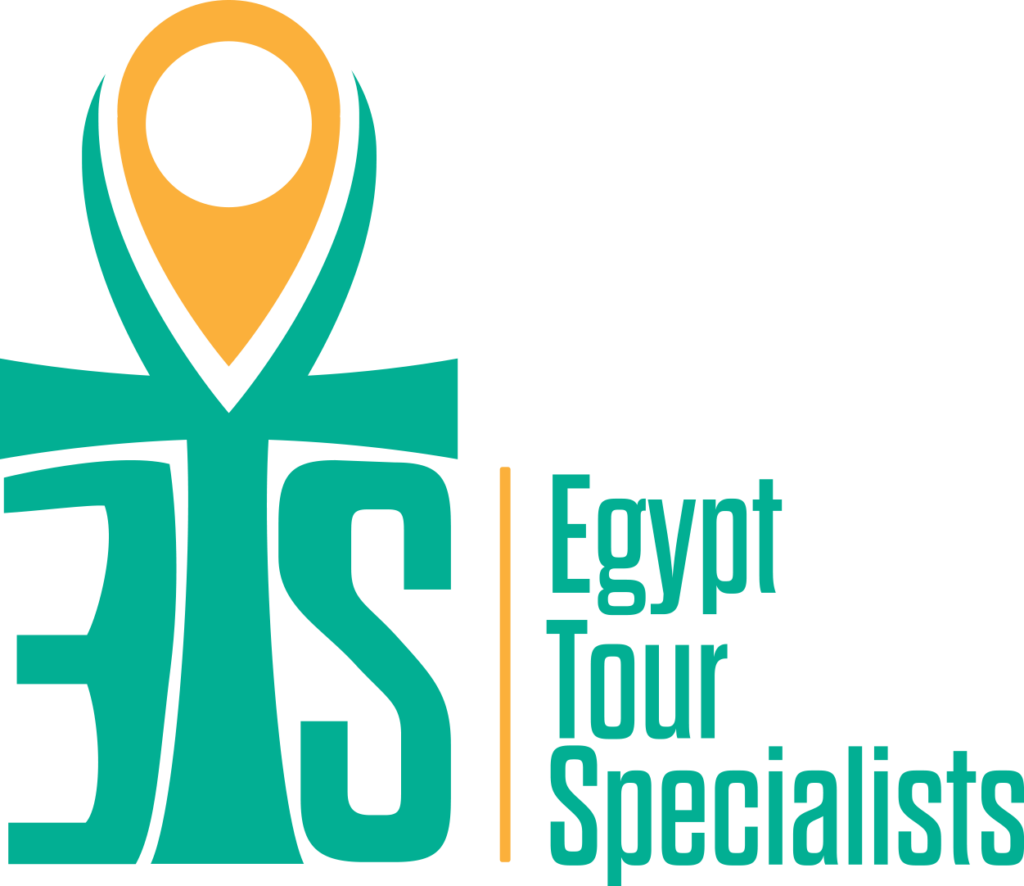
The West in Depth
On this journey you will explore the rugged, harsh beauty mixed with reminders of what was arguably the most impressive ancient civilization history has ever known.
The awe-inspiring treasures of the valley of the kings,one of the most spectacular architectural monuments in the ancient world,then stare at the breathtaking temple of queen Hatshebsut, before stopping by the colossi of Memnon
Continue to visit the wonders of the west bank where you will be taken to the Valley of the Queens. The wives of the pharaohs were buried in the ancient times in a unified location known then as Ta-Set-Neferu, meaning “the place of beauty”!
Next, you will be escorted to explore the Ramesseum Temple, AKA The Temple of Millions of Years”.
End your journey with an insightful visit to the workmen’s village , where community of labors worked day and night on the tombs of their pharaohs (the gates of eternity ) , finally , the Temple of Madinet Habu, which once was the administration center of the west bank of the city of Thebes.
- The Valley of the Kings
- The Valley of the Queens
- Hatshepsut’s Temple
- The Ramasseum
- Deir El-Madina
- Madinet Habu Temple
- The colossi of Memmnon
Valley of the Kings: Drive across to the west bank and explore the grandeur of architecture which was the hidden burial place for the famous icons of the new kingdom kings.
Your Egyptologist will cherry-select three tombs to visit according to your preference and personal abilities. In addition, you can opt for a ticket to visit the tomb of the golden boy, King Tut.
Hatshepsut Temple: Take a short ride to the temple of Queen Hatshepsut. With a temple carved into the bedrock, Hatshepsut is the only female pharaoh who ruled Egypt like a true pharaoh. By erecting a temple in an action that speaks of her authority, this female ruler set a turning point in the history of women in Ancient Egypt.
The Colossi of Memnon: next On your way, stop to visit the Colossi of Memnon, where once were King Amenhotep’s figures.
hear the voice of the past whistling out at dawn carrying the legend of Memnon, the great warrior into our live present! With carvings on the side reflecting impressions of Roman emperors, the ancient Egyptian kings were, simply put, gods!
( stop for lunch in a local Restaurant )
The Ramesseum Temple: A short driving distance away falls the funerary Temple of Ramses ll. Famous for its 57-foot (17-meter) seated statue of Ramses II (of which only fragments are left), which was dedicated to the deceased king.
Only about half preserved, yet you can still see remnants of the walls of the Ramesseum decorated with reliefs, including scenes depicting the Battle of Kadesh, the Syrian Wars, and the Festival of Min. This temple is historically identified with the Tomb of Ozymandias, AKA KV7 (a corruption of Ramses II’s prenomen) described by the Greek historian Diodorus in the 1st century BC.
Afterwards,walk through the unique Workmen’s Village, which was home to the artisans and craftsmen of Thebes, those who built and decorated the royal tombs in the nearby Valley of the Kings and Valley of the Queens.
The ancient inhabitants called the village, Pa Demi (the village), but it was referred to in official correspondence as Set-Ma’at (The Place of Truth) because the workers there were thought to be inspired by the gods in creating the eternal homes of the deceased kings and their families.
Valley of the Queens: Continue visiting the unique Valley of the Queens, It was highly famous for being the burial site of many wives of pharaohs. However, parting at death, the pharaohs themselves were buried separately in the Valley of the Kings!
You will certainly have the possible option to purchase the entry pass to Queen Nefertari’s tomb, the finest of all the tombs with its vivid colors and outstanding scale of depictions.
The Temple of Madient Habu: At last, one of the most remarkably impressive monuments in Luxor built by the great Pharaoh Ramses III, a great military leader whose many achievements are recorded on the walls of the Pylon and the courts of the temple. Many of the colors and reliefs of the temple were preserved due to the fact that the temple was converted into a Christian monastery when they covered the walls with plastic sheets.
- All transfers by a private air-conditioned vehicle.
- Pick up services from your hotel & return.
- Private expert Egyptologist.
- Entrance fees to the mentioned sights.
- Sites not mentioned in the itinerary.
- Extra expenses.
- Tips and gratitude.
- Meals and drinks.
Price is $160 USD per person.
For Booking and more information, Please Contact Us
